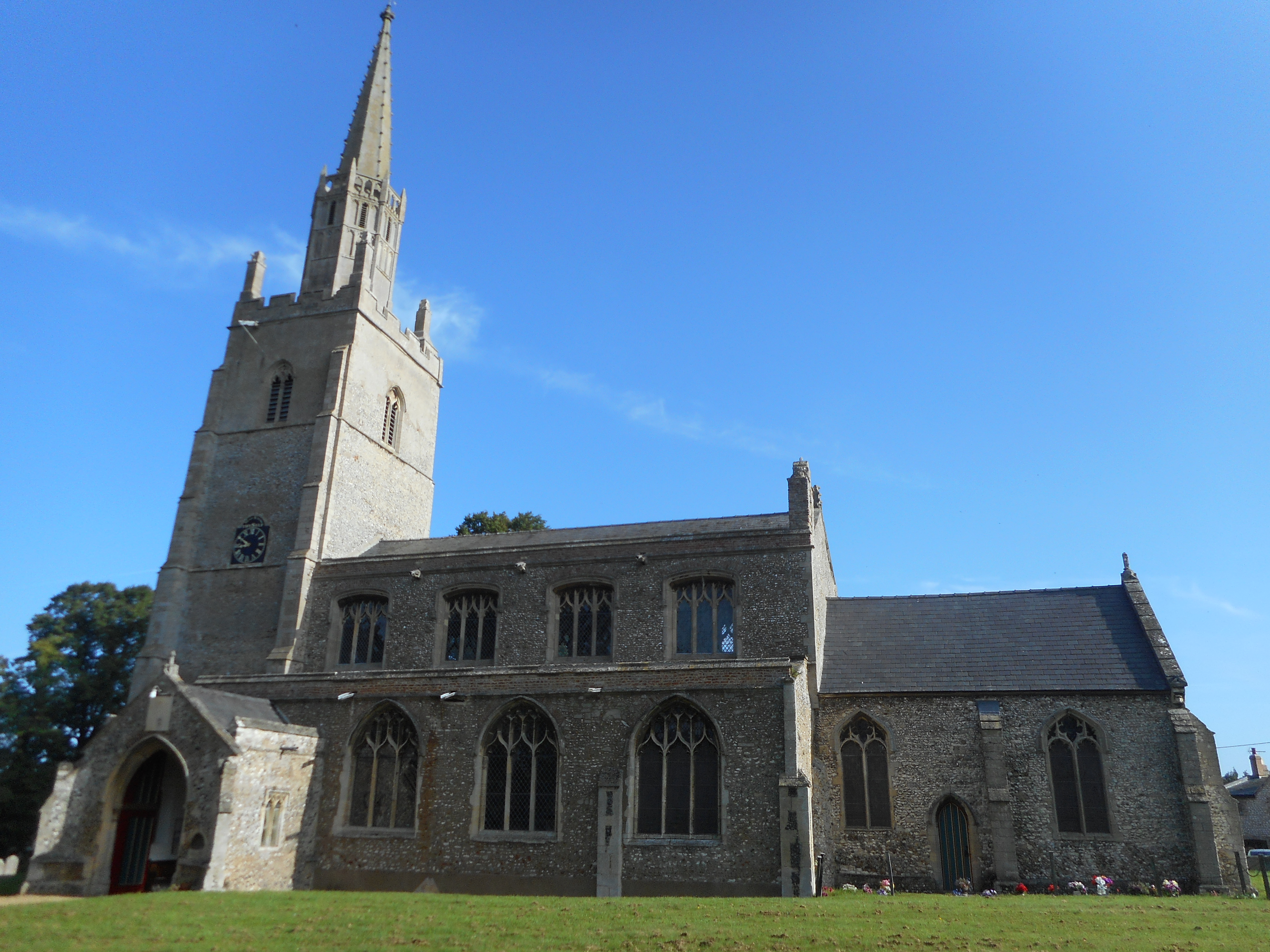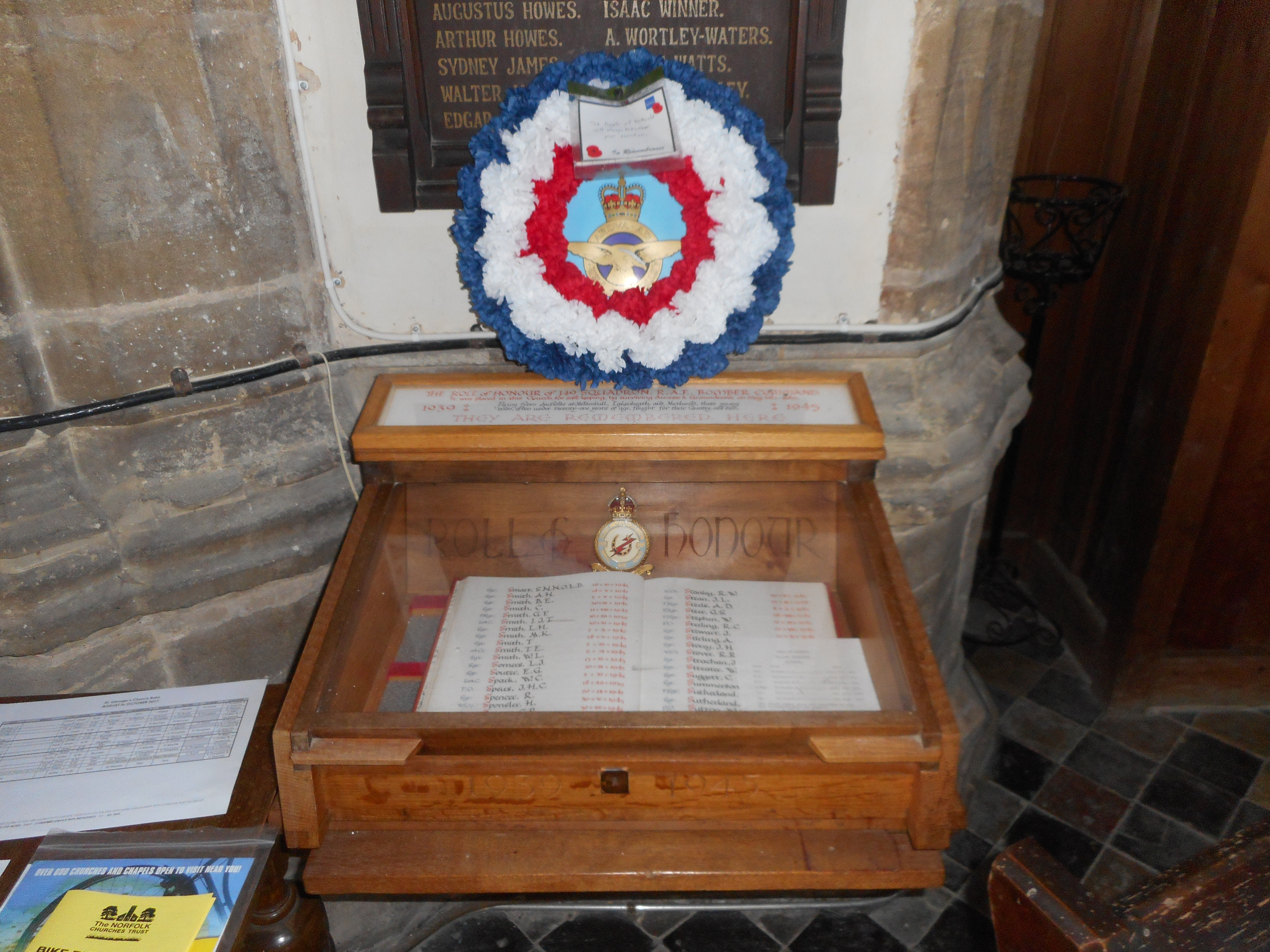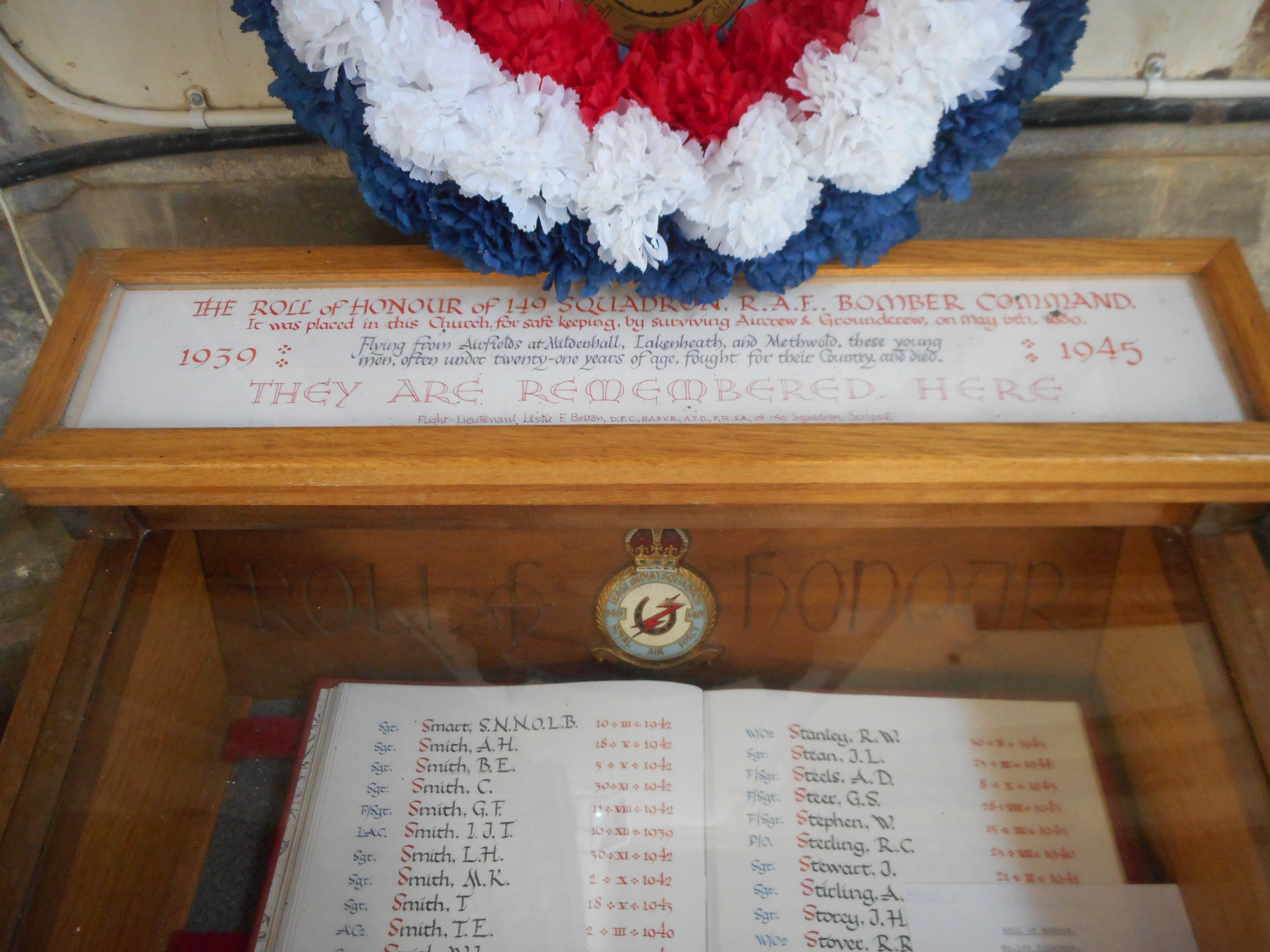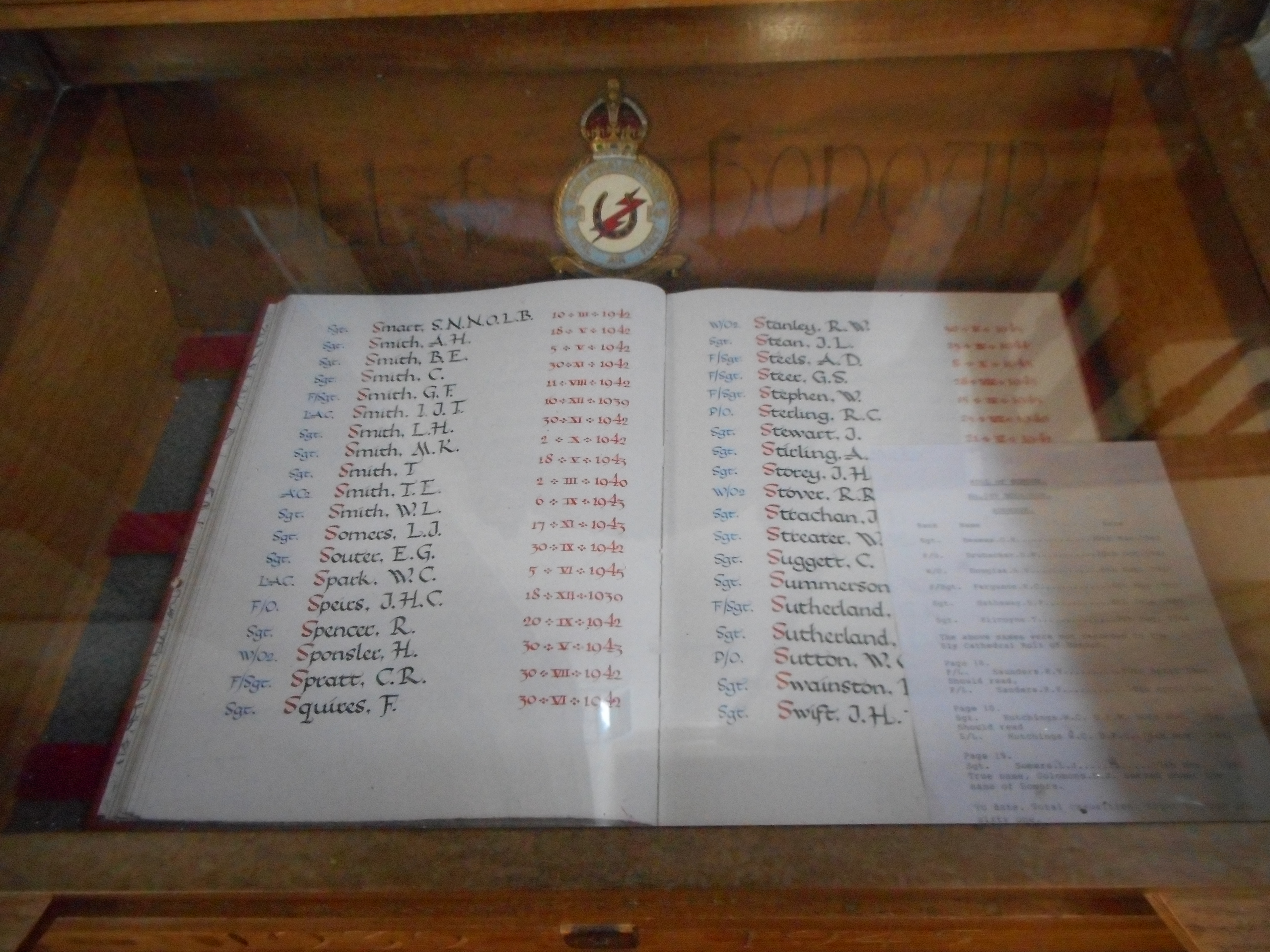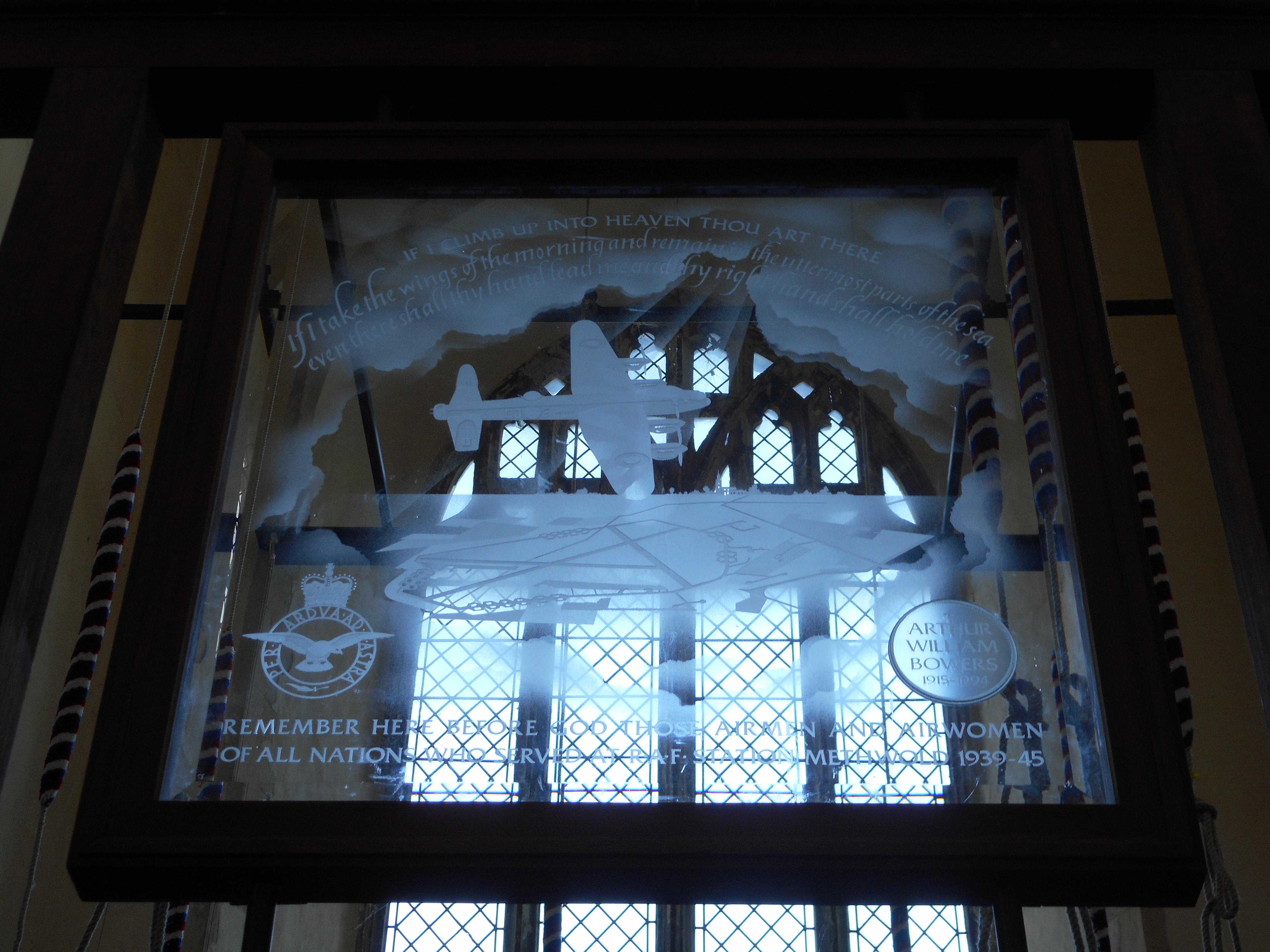| Cambridge Daily News 20 December 1939: “DIED AFTER NIGHT CRASH – Airman’s Fate at Newmarket – Second Airman Involved. How an airman cyclist was run into at night by a car containing two airmen was told at an inquest held at the White Lodge, Newmarket, on Tuesday afternoon. The accident occurred on the Norwich-Newmarket road on Friday night, and the airman died in the early hours of the following morning. Deceased was LAC Ivor James Travers Smith (28) The inquest was conducted by Mr. H. R. Walrond, Deputy Coroner for the Liberty of Bury St Edmund’s Mr E.R. Ennion represented the relatives of deceased, Mr Eades (Norwich) the driver of the car, and Supt. L. Cross, DCC was present for the Cambs. Police. Mrs Hilda Smith, of Red Lodge Estate, Freckenham, wife of deceased, said she last saw her husband alive at 6.15 pm on Friday. He said he was going to see some pals at Newmarket. He had front and rear lights for his cycle, and one switch regulated both lights. CAREFUL CYCLIST – William Thornton Smith, of The Firs, Sutton Common-road, Sutton, Surrey, father of deceased, gave evidence of identification. His son had been a cyclist practically all his life and was a motorist as well. He was a careful cyclist. Det.Constable Dean, Cambs. Constabulary, gave evidence that about 1.20 a.m. on Saturday two members of the Air Force called at the Newmarket (Cambs) Police Station and reported an accident. Both made and signed statements. In his statement Flying Officer Lewis said that at 10.45 pm, he was driving from Newmarket along the Norwich road. He was about half a mile from the Bury toll bar, travelling at 35 to 38 mph and driving just inside the white line. Without any warning a cycle suddenly loomed up ahead. He had not seen any lights. He hit the rear of the cycle almost immediately, and after stopping found the cyclist lying unconscious. The cyclist must have been nearly in the middle of the road. Flying Officer Lewis handed witness a lamp from which the battery was missing. There were two batteries taped together and fixed to the crossbar of the cycle. It seemed that a wire had been soldered to the bulb of the rear lamp. The off-side front headlamp and wing of the car were damaged. P.C.Mann (Chippenham) spoke of visiting the scene of the accident, which was in the parish of Snailwell. There was a mark commencing one foot from the near-side grass verge and continuing 9½ ft. on the road, and then travelling 24½ yards on the grass verge. All four wheels of the car were on the grass verge. It seemed that the cycle was struck on the left side. The road was 21ft 3ins. wide and straight for 1½ miles. There was nothing to indicate the point of impact. ELECTRICIAN’S EVIDENCE – Joseph Cartwright, electrician, of Rousroad, Newmarket, stated that he had examined the cycle. The front light was in working order when he charged the bulb. The rear lamp was missing, and the wire was not connected. The battery was in good condition. Replying to Mr. Ennion, witness said an impact from behind would affect the soldering and the wiring. Dr John Preston Maxwell, of The Grove, Brinkley, said he was sent for when deceased arrived at White Lodge, and examined him at 2.15 am on Saturday. He was completely unconscious, and the injuries were entirely to the head and neck. The main point of impact had been the back of the head and there was a fracture of the base of the skull. There was a second injury on the right of the forehead but less in extent. He gradually failed and died at 6.20 am Death was due to fractured base of the skull. Returning a verdict of “Accidental Death” the Deputy Coroner stated that it was hard to decide exactly what happened. Having regard to the nature of the lighting set on the cycle, there was the possibility that the rear light was not working at the time of the accident. It was tragic to die in such circumstances, and he expressed his sincere sympathy with the wife and father of the deceased. Mr Eades on behalf of the driver of the car, and Supt. Cross for the police, associated themselves with the expressions of sympathy, and Mr Ennion returned thanks. |
